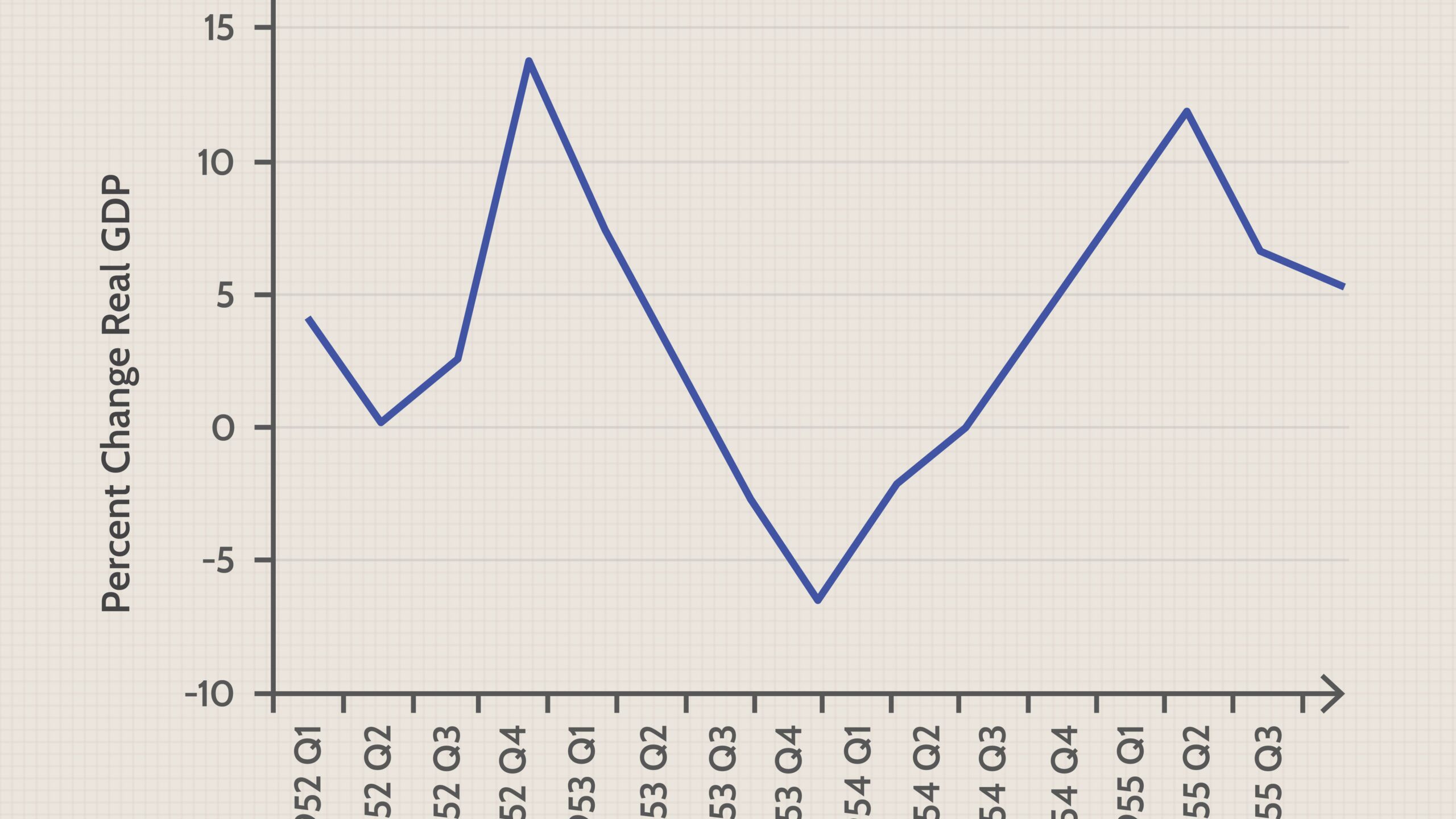- Gold futures on MCX slipped 0.34 percent or Rs 175 at Rs 51,387 per 10 grams. Silver futures plunged 1.15 percent or Rs 812 to Rs 70,078 per kg.
- Gold price increased by Rs 418 to Rs 52,963 per 10 grams in the national capital on Tuesday following a rally in the yellow metal in the global market. Silver also attracted heavy buying interest as it jumped Rs 2,246 to Rs 72,793 per kilogram, according to HDFC Securities
- Spot gold dipped 0.3 percent to $1,964.75 per ounce by 0251 GMT, after hitting its highest since Aug. 19 at $1,991.91 on Tuesday. U.S. gold futures went down 0.4 percent to $1,971.80.
When and how do gold prices plunge
If you’ve ever been exposed to even one commercial on a financial TV network, you’ve been told that gold was, is, and forever will be, the greatest investment of all time. Retention of value, millennia-long history, scarcity, etc.
While gold is often seen as a safe haven investment and store of value, it is also a produced commodity and subject to those same economic forces.
When gold miners produce an excess of gold relative to demand, the price will experience downward pressure due to the laws of economics.
Speculators that accumulate or let go of gold in the market can create temporary imbalances that lead to rapid price changes
Understanding Gold Prices
A permanent bull market for gold is impossible. If the price of gold had risen consistently and measurably in value since the days of Tutankhamen, its price would now be infinite. The metal’s price clearly rises and falls daily, so what makes one day’s supply and demand curves intersect at one price, and the next day, at another?
Surge in Supply
The supply of gold is largely static from one period to the next. Gold mines are large and plentiful, but almost the entirety of what they produce is wasted. As technology improves, ore with lower concentrations of gold becomes more economically feasible to mine. Discard all the billions of tons of worthless ground rock and it has been estimated that all the gold ever mined would fit on a football field, piled less than 10 feet high. The gold mined each year adds less than the thickness of a coat of paint to the total.
Unlike many other commodities—light sweet crude oil, ethanol, cotton—precious metals differ in that, for the most part, they are not consumed. Less than 10% of gold is mined for industrial purposes (e.g., rheumatoid arthritis drugs and dental bridges), leaving the rest to be held and later sold at the buyer’s will, whether in bullion, coin, or jewelry form. Fundamentally, the total supply of gold is more or less static.
Speculation
Speculation is one reason for changes in gold prices. Investors speculate as to what governments and central banks are going to do and then act accordingly. Gold prices dropped when the Federal Reserve announced it was wrapping up its controversial stimulus program after the financial crisis.
That announcement, coupled that with the preternaturally low inflation rates of the time, rendered gold’s role as a hedge against rising price levels moot. Throw a red-hot stock market into the mix, and the temptation for increasing returns as contrasted with maintaining one’s store of value becomes too great. Why sit on the sidelines with an inert shiny metal when other investors are getting at least temporarily rich?
Gold prices dipped due to a series of speculations and traders booking profits
After a good run, gold and silver have witnessed a steep drop in prices. There are many factors attributed to it which include Russia’s claim of COVID-19 vaccine to traders booking profit among others.
Analysts believe that this drop is triggered by a series of speculation that is governing the market. Some of the factors that lead to drop in gold prices are easing of the US-China tension; hopes around the stimulus package of the United States; talks on cutting capital gain tax in the United States, Russia’s COVID-19 vaccine claims; among other things.
Analyst said, “Today bullion is very volatile. The drop is more due to speculation. Gold slumped not just in the Indian as well asglobal market.Lastmonth, as per IBJA rates (excluding taxes) gold was Rs 56,000 plus per 10 gms. Today it is Rs 51,000 plus for gold.
Gold futures slumped for the second straight day on Wednesday. Currently, the October contract of gold on the Multi-Commodity Exchange (MCX) is trading at Rs 51,672 per 10 gram, lower by Rs 257 or 0.49 per cent from its previous close.
However, It has recovered from the day’s low of Rs 49,955 per 10 gram.
Gold prices slipped as the dollar rebounded after robust U.S. manufacturing data strengthened confidence for global economic recovery
Tempering the safe-haven bullion’s allure.Spot gold fell 0.3% to $1,964.75 per ounce by 0251 GMT, after hitting its highest since Aug. 19 at $1,991.91 on Tuesday. U.S. gold futures dropped 0.4% to $1,971.80.
“A powerful greenback is reflecting on the precious metal,.” ”The broader picture is still in favour of gold, as all the central banks around the world including the US Federal Reserve are likely to stay accommodative for an extended period of time.”
The dollar index took An jump from two-year lows after U.S. data showed manufacturing activity accelerated to a near two-year high in August. A powerful greenback makes gold costly for investorsfrom other countries.
The manufacturing activities of the firms also strengthened investors appetite for riskier assets, limiting inflows into safe-haven bullion.
Nonetheless, possibilitiesof the U.S. interest rates staying low for longer under the new monetary policy approach from the Fed put a floor under bullion prices.
on Tuesday, the Governor if Fed, Lael Brainard said the U.S. central bank will be required to roll out more stimulus in order to fulfil its new promise of robust job growth and elevated inflation.”With the central bank still careful about the U.S. economic outlook, the Fed will most likely keep rates near zero for a long time.
Reduced interest rates lowers the opportunity cost of holding non-yielding bullion, which is also considered as a hedge against inflation and currency
The gold price plunged in India, as the Indian economy is expected to recover quicker than expected
Investors booked profits in gold and silver as better domestic factory output lifted hopes of a rapid economic recovery, making bullion counters unattractive.
The entire global world was in lockdown in the April to June period, India in fact was in a stringent lockdown with several restrictions on economic activity during this quarter. Therefore the significant decline in the economic activity was not unanticipated. Just to give you a one-one comparison, let us take the UK economy because, in terms of the size of GDP, it is very close to the Indian economy. If you go by the Oxford Universities index for the stringency of the lockdown, in the UK economy, the lockdown was less stringent than in India. India had a 15% more stringent lockdown. The UK economy contracted by 22% and so the 23.9% contraction in India is along expected lines.
What is important to keep in mind is that India is experiencing a V-shaped recovery. The core sector output, which had declined 38% in April, has periodically regained momentum and in July, it was 9.6% after recording 22% and 13% in May and June.
Similarly, if you look at the railway freight which is often a very good indicator of economic activity, it was 95% of the previous year’s level in July and in August, it is 6% higher than that in the same period last year. Similarly, the e-way bills are almost at the same level as last year’s at 99.8% if you take the 26 days of August where the data is available. This is despite some local lockdowns that are still going on.
As we know, e-way bills captured inter-state trade and they are affected by local lockdowns. Despite that, the e-way bills are up almost at the same level. Power consumption is almost at the same level as last year. These are leading indicators that are clearly signaling a V-shaped recovery.
If you look at the sectoral numbers, one thing that clearly stands out is that the agriculture sector has actually grown by 3.4% amidst declines in almost all other sectors. That is clearly a good outcome which indicates that the measures that have been taken on the agriculture side, reform measures like the APMC reforms, the essential commodities act they may be playing a role in unshackling the agriculture sector amidst such an intense lockdown.
If the agriculture sector has grown by 3.5%, it is clearly indicative of something that can hold up the economy going forward.





